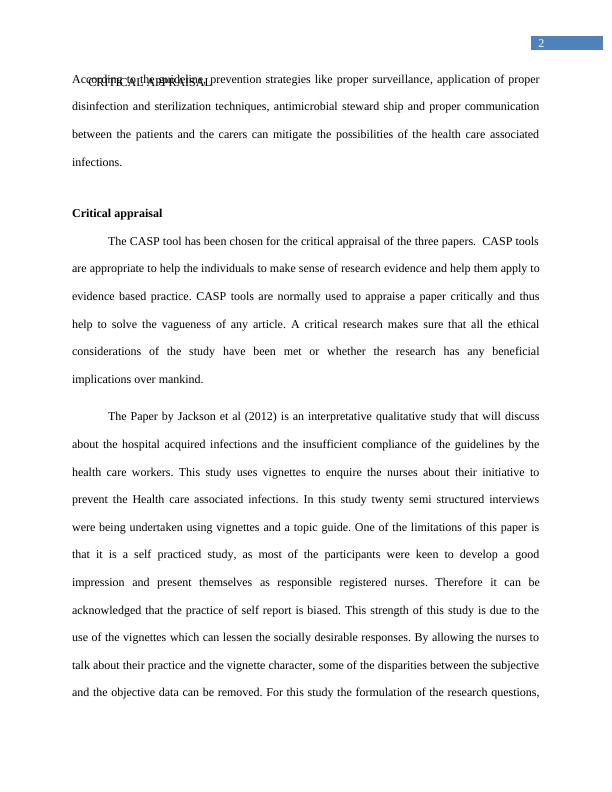NURS2006 - Chronic Illness and Nursing Care
10 Pages2319 Words160 Views
Clinical Practice Improvement Project Report (NURS2006)
Added on 2020-04-21
NURS2006 - Chronic Illness and Nursing Care
Clinical Practice Improvement Project Report (NURS2006)
Added on 2020-04-21
ShareRelated Documents
End of preview
Want to access all the pages? Upload your documents or become a member.
Infection Risk Management: Fundamentals, Microorganisms, Impact, Prevention, and Antimicrobial Stewardship
|11
|2667
|71
Hand Hygiene: Importance, Strategies, and Recommendations
|23
|6060
|240
CLINICAL GOVERNANCE: Health Care Associated Infections
|11
|2495
|397
IPC Implementation on Healthcare Literature Review 2022
|16
|4927
|15
A critical analysis of knowledge gaps in hand hygiene among nursing professionals
|10
|2611
|471
Hand Hygiene Literature Review 2022
|11
|2914
|17



